No stable Kosovo without a solution for Mitrovica
Tuesday, 25.07.2006.
15:05

No stable Kosovo without a solution for Mitrovica
Due to a lack of support from the international community, the UN Mission in Kosovo (UNMIK) has been unable to reintegrate the city or exert its authority in the north, which is governed by Belgrade. Although partition of Kosovo has been ruled out by the international community, the reality of ethnic division at Mitrovica casts a shadow on the Kosovo final status talks currently under way.Ethnic conflicts in the 1990s in former Yugoslavia left many cities and regions divided. Lessons learned from previous international efforts to reintegrate divided cities such as Mostar and Brcko in Bosnia and the region of Eastern Slavonia in Croatia can inform the search for a solution for Mitrovica.
Gerrard Gallucci, UNMIK's Regional Administrator for Mitrovica, Hans Binnendijk, of the National Defense University, Jacques Paul Klein, former Transitional Administrator for Eastern Slavonia, and Gerald Knaus of the European Stability Initiative discussed the possible outcomes of Mitrovica's future at a meeting of USIP's Balkans working group. The following summary does not represent the views of the United States Institute of Peace, which does not take positions on policy issues.
Mitrovica is calm, but tension lurks
Mr. Gallucci described the situation in Mitrovica as calm on the surface but potentially volatile, citing the high level of unemployment (between 60 % - 70 %) and the many young people on both sides of the river with nothing useful to do. He underlined that the Ibar River is not really an ethnic boundary, since there are substantial Albanians (as well as Roma and Bosniaks) on the northern side.Both Serbs and Albanians are apprehensive about the outcome of status talks. The Kosovo delegation recently proposed the creation of a new northern municipality, which has raised tension among Albanians still living in the north. They fear partition, which would leave them on the "wrong" side of the river. According to Mr. Gallucci, the Albanian leadership should have communicated this plan more clearly to Albanians in the north, explaining that decentralization is part of an effort to keep Kosovo together. The Serbs fear Kosovo independence and its implications for their continuing residence.
NATO's KFOR troops have improved command and control throughout Kosovo and have recently reopened a military camp in the north, demonstrating the Contact Group's "no partition" policy. Mr. Gallucci emphasized the importance of maintaining peace through dialogue with both communities, as well as "preemptive decentralization" that will allow each to govern itself.
For some, Mitrovica requires a strong international hand and lots of time...
Mr. Binnendijk offered an analysis of three cases of reintegration in former Yugoslavia that could provide models for the resolution of Mitrovica's status.Mostar is the least successful model, and the most analogous to Mitrovica. The Mostar model, de facto partition, assumes that the ethnic divide will continue for years in Mitrovica and that Belgrade's governing structures will continue to exist. Reintegration would be slow and the city would remain a flashpoint for the foreseeable future. More realistically according to Mr. Binnendijk would be the "Mostar Plus" model, with stronger international efforts than existed in Mostar to bring the sides together.
Eastern Slavonia is the model for rapid reorientation. A robust and energetic UN mission shifted the eastern portion of Croatia, under Serb control in the early 1990s, to Croatian control within two years. This was done on the basis of a clear agreement in principle between Zagreb and Belgrade. A similar effort at Mitrovica would require a vigorous UN or EU mission operating on the basis of a clear agreement by both Serbs and Albanians that northern Kosovo would be reoriented toward the Pristina authorities and governing ties to Belgrade cut. Such an agreement is unlikely though not impossible.
The third model is the international incubator, based on Brcko, a strategically vital and contested town that has reintegrated Croats and Bosniaks ethnically cleansed during the Bosnian war. In this case, the U.S. played a large role in backing and funding the American Supervisor of the District, who appointed its officials and used extraordinary powers to reintegrate its institutions and population. According to Mr. Binnendijk, "this model is the most successful, because you have a high degree of ethnic integration in the courts, police, and education." At Mitrovica, this model would require a strong commitment from the international community to break some of Belgrade's ties to the Serb population as well as some of Pristina's ties to the Albanian population, in order to create a neutral district. It may be too late to attempt this at Mitrovica.
Mr. Binnendijk stressed that any approach to reintegrating Mitrovica will require a strong high representative, preferably under the UN mission rather than the EU, equipped with a clear mandate and ample flexibility in spending funds. In addition, security would have to be provided by NATO forces, including Americans, supported by civilian international police. "This cannot be done in two years," he said, "a decade would be more realistic."
Mr. Klein, who served as UN transitional administrator for Eastern Slavonia and oversaw its reintegration into Croatia, underlined that "one needs to have a strong mandate with a strong leadership that would be acceptable to both sides in order to achieve progress." Furthermore, Mr. Klein argued "the price of independence that Albanians have to pay is to accept the fact that there will be Serbs as part of that independent Kosovo. The key is compromise in Pristina." Whatever the solution in Mitrovica and in Kosovo generally, implementation will depend on commitment by both communities to implement it.
...for others the key is creating a new municipality in the North while excluding partition of Kosovo
While agreeing that commitment by both communities is vital, Mr. Knaus took a different approach, arguing that at Mitrovica we have already had "a series of international officials with vast individual experience and all of them were equipped with a strong mandate." The problem is in translating mandates into results.Brcko in Knaus' view is an experiment still in progress, one in which more than a decade after the end of conflict in Bosnia the international community has still not fully transferred power to local institutions. Brcko was also successful because it was for many years isolated from the rest of Bosnia, keeping its own customs revenues to spend locally. This model is simply not applicable to Mitrovica.
In Mitrovica, Mr. Knaus noted, the real debate is whether or not to accept two municipalities within an undivided Kosovo. This makes comparison to these other cases where the goal of city unification was set from the outset difficult. According to Mr. Knaus, "leaving solutions in limbo, or putting an international representative in place with no plans for transferring power to locals will only increase tension. What people need is a permanent solution for Mitrovica, so they can plan their lives accordingly." Mitrovica, he argued, needs its own model.
The economic situation in Mitrovica is grim. The city is essentially a dying industrial town. Even though some old mines have been reinvigorated, they do not provide sufficient employment opportunities. The international community should focus on job creation in Mitrovica. A European university, similar to the one in Tetovo, Macedonia, would take advantage of the city's relatively educated Serb population and provide an institution that would welcome Albanians as well as Serbs.
Mr. Knaus proposed moving quickly to recognize a Serb-majority northern municipality of Mitrovica and to transfer governing authority from the international community to local leaders as a first step of wider decentralization in Kosovo. Accepting a Serb-majority municipality would be the true test of maturity for the Kosovo Albanian leadership. At the same time the international community would need to send clear signals that partition of Kosovo is not an option. With the redeployment of NATO forces in the north, chances of renewed violence should decrease. Cooperation between two future municipalities of north and south Mitrovica should be driven by concrete common interests (from infrastructure to pollution) and - in the short term - by the requirements donors put on how to disburse future funding in the city.
Mitrovica has remained a source of contention for seven years since the end of the NATO/Yugoslavia war. No solution for Kosovo can last without a solution for Mitrovica. An unresolved situation and continued tension in Mitrovica will undermine Kosovo; addressing the Mitrovica problem in a way acceptable to both sides in the long-term will unite Kosovo, whatever its final status.



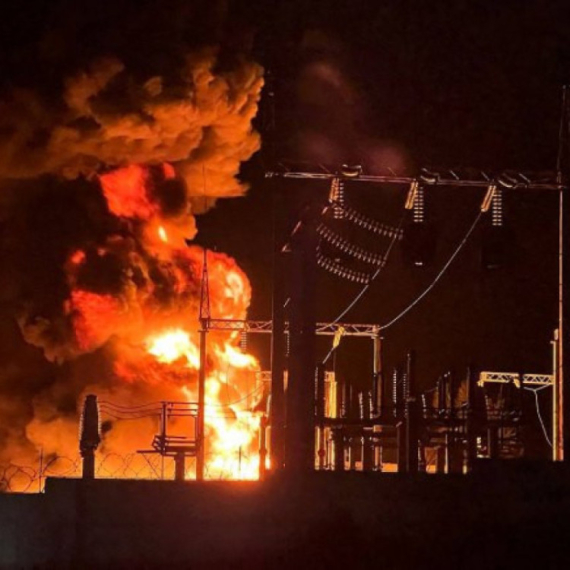


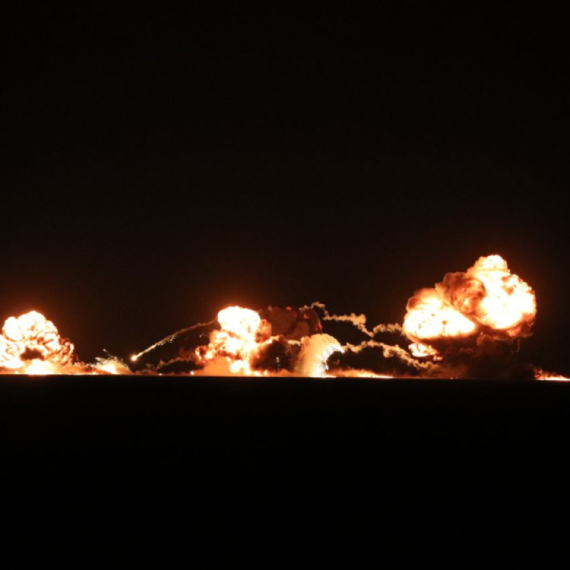




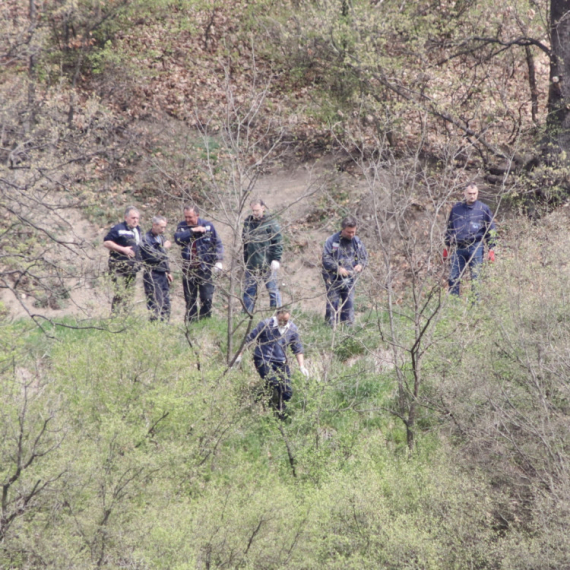

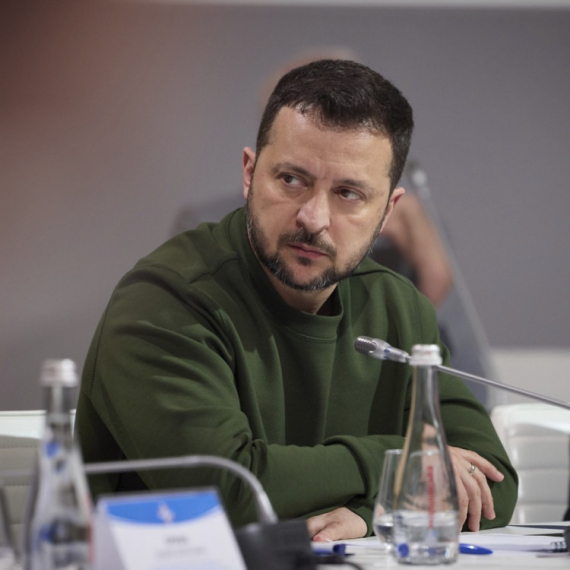









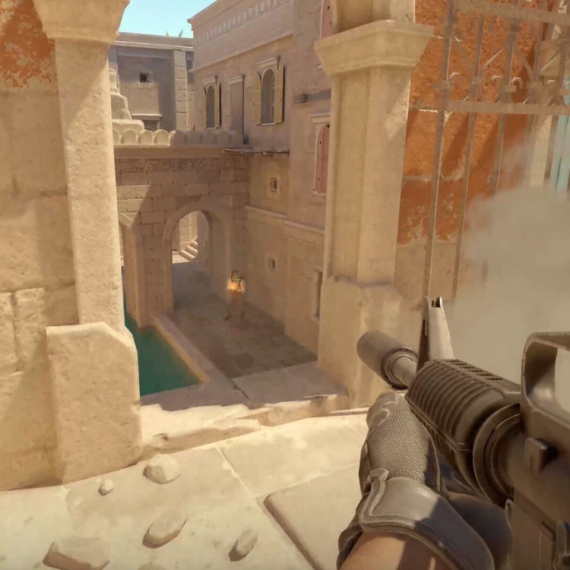
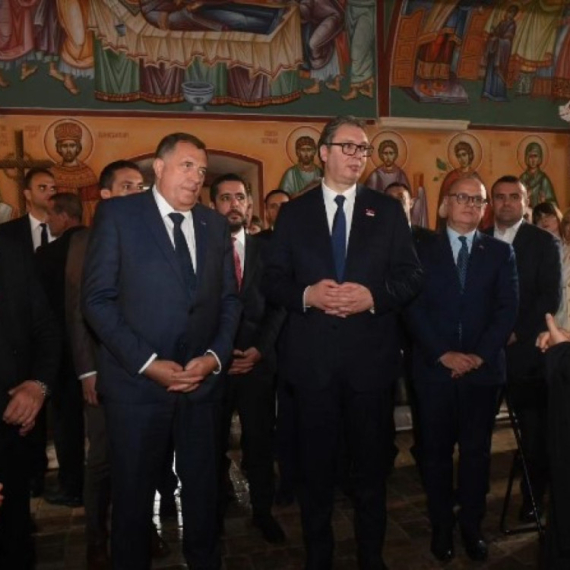



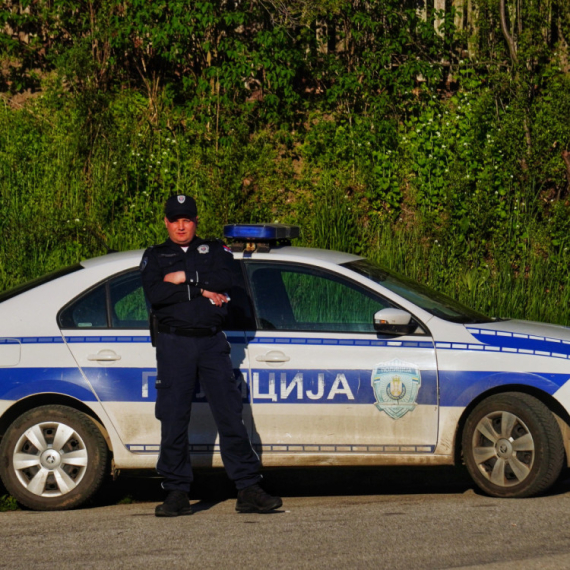










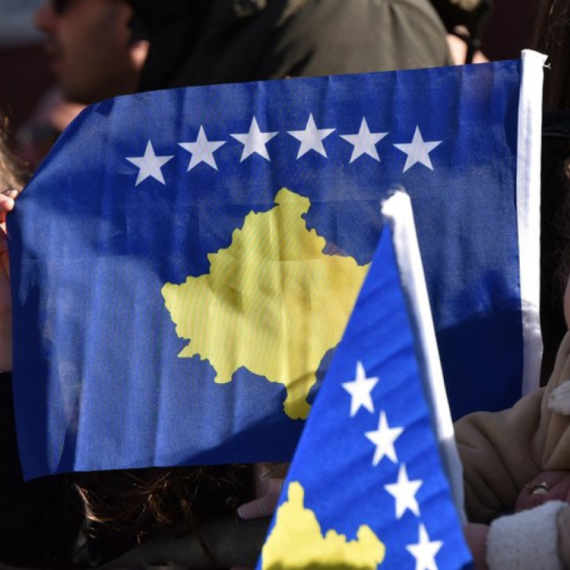

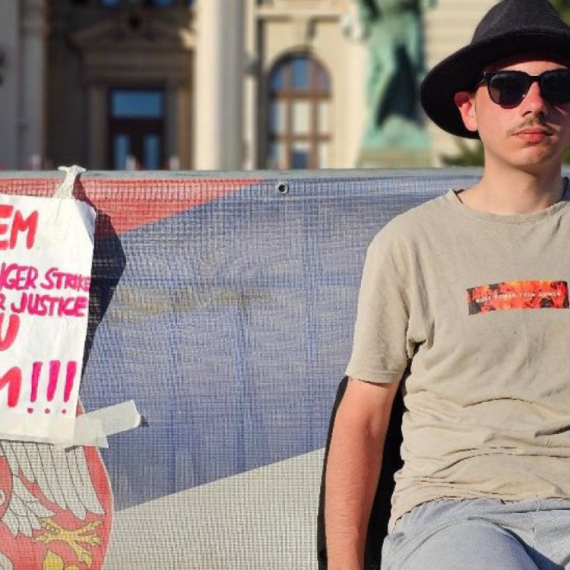



Komentari 0